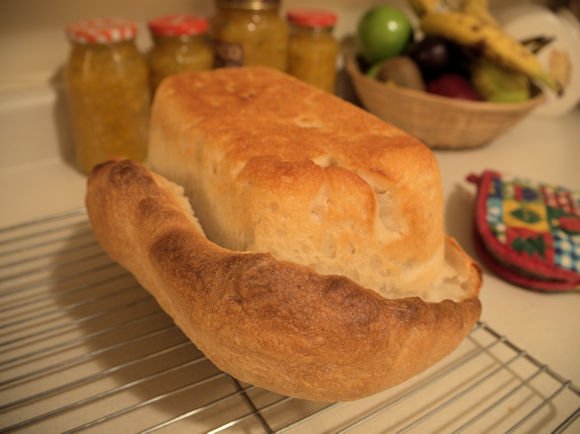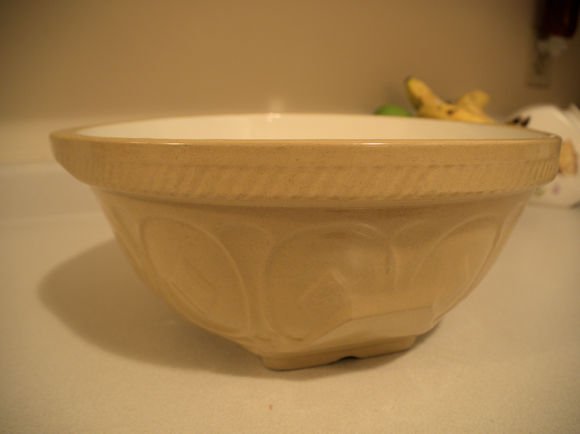Battling Depression? Five Tips for Life.
Hey there! I usually keep my personal thoughts to myself on my blog, preferring to focus on life’s adventures outside my own head. But today, I want to share some insights I’ve gained over the years, especially as someone who battles depression. Here’s what I’ve learned:
So, there you have it – a little peek into my world and the lessons I’ve learned along the way. Remember, life’s a journey, and we’re all figuring it out one step at a time.

- Trust your gut when meeting new people. Sometimes, we sense a warning about someone but brush it off. Listen to that inner voice – it’s often right.
- Cherish a few close friends over a long list of acquaintances. True friends are worth their weight in gold, especially when dealing with depression.
- Kindness is key. It doesn’t mean you have to be a doormat. Just take a moment to think before you speak or act. It makes a world of difference.
- Check your expectations in relationships. We all have different backgrounds and values, so it’s essential to be mindful of that. Celebrate the moments when someone exceeds your expectations, and don’t sweat the small stuff.
- You reap what you sow. If you’re feeling down, try smiling at people you meet. It might just brighten both your days. And remember, if something’s making you unhappy, take steps to change it or find ways to live with it.
So, there you have it – a little peek into my world and the lessons I’ve learned along the way. Remember, life’s a journey, and we’re all figuring it out one step at a time
Until next time friends…











